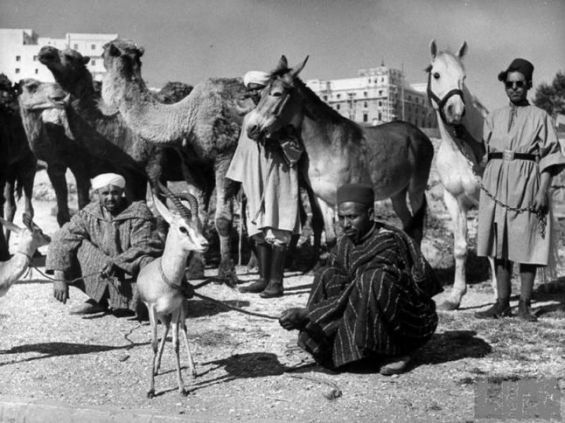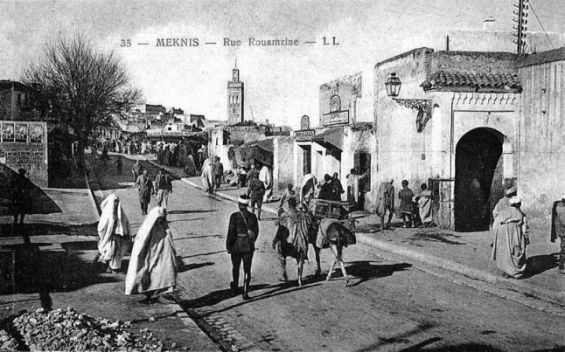In Morocco, famines, droughts and epidemics changed exceptions into the rule, especially when it comes to food. Extreme shortages of food and starvation waves that hit the Kingdom throughout the past centuries brought drastic, yet peculiar, changes to the eating habits of Moroccans.
To survive, Moroccans desperately considered extreme food choices, and almost everything became edible in their eyes. Food historians suggest that during extreme famines, in the 17th and 18th centuries, Moroccans opted for beasts of burdens and pets, while their consumption was deemed non-Shariah-compliant.
In his book, Moroccan historian Mohamed Amine el Bezzaz wrote that during extreme famines, Muslim scholars and imams issued fatwas that «allowed those hit hard by starvation to consume» non-Sharia-compliant foods, such as pork meat.

Cats, Dogs and insects
Hungry and desperate Moroccans even ate cats and dogs to survive, el Bezzaz explained. Indeed, during the 1661-1663 famine, several families slaughtered cats and dogs and ate them, in addition to wild animals. Quoting 17th century travel writer and poet Abu Salim al Ayyashi, food historian Mohamed Houbaida wrote that during the crisis «there [was] no cat left in the village».
During the same period, Moroccans adopted the habit and started cooking cat meat the same way they would with beef and lamb. According to Houbaida, by the 18th century, eating cat meat became an «ordinary» thing. «William Lemprière attests in 1789 that 'eating cat meat was recommended' in meals, in the Gharb region», wrote Houbaida, adding that the same phenomenon was recorded in Fez and Tetouan by other historians.

In addition to dogs and cats, the historian reported in his book «Le Maroc végétarien, 15ème-18ème siècles: histoire et biologie» (Eddif, 2008), that in Fez, «people indulged in donkey meat, which even became the subject of an openly public trade».
Desperate attempts to find food, had also pushed Moroccans to consider peculiar creatures, such as insects. Locusts, frogs, lizards, scorpions and snails were all on the menu.
Moroccans used to «salt grasshoppers, especially the big ones», cook them and eat hundreds of them. Thomas Pellow, a British captive who lived in Morocco, said that the way Moroccans cooked locusts made them «taste like shrimp», Houbaida wrote.
Acts of cannibalism
Food during crises, included also strange plants, such as cardoons and mallow. While the first one was an ingredient that garnished couscous, the second one was served as «spinach-like dish» with olives and lemons.
But when these items were hard to find, some of the hungriest and most desperate folks turned to extreme choices. Indeed, according to the same historians, starvation has pushed some Moroccans to eat human flesh. During the 1661-1663 crisis, men «openly ate human flesh in the Saffarin district of Fez».

Others, according to el Bezzaz, sold their women and children as they could not afford to feed them. He wrote that during the 1878 famine, an Essaouira man tried to burry his young daughter alive with the body of her deceased mother.
«Some people managed to pull her body out of the dirt before she died and the father» was punished for his deeds.
As famine and starvation changed the habits of Moroccans, some of the dishes invented to fight hunger made it to this day, such as snails and locusts, which are still cooked and sold as snacks.




 chargement...
chargement...












